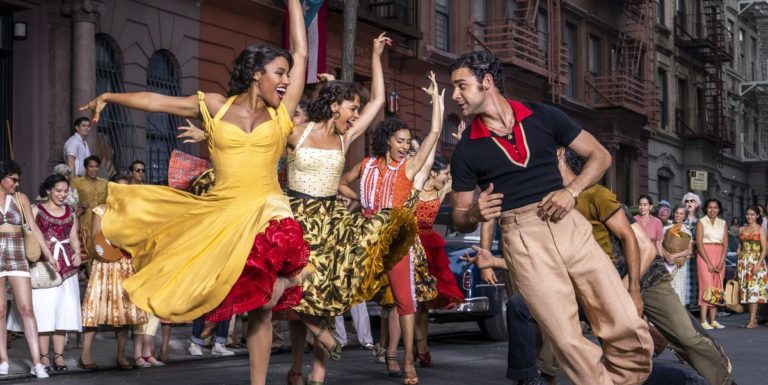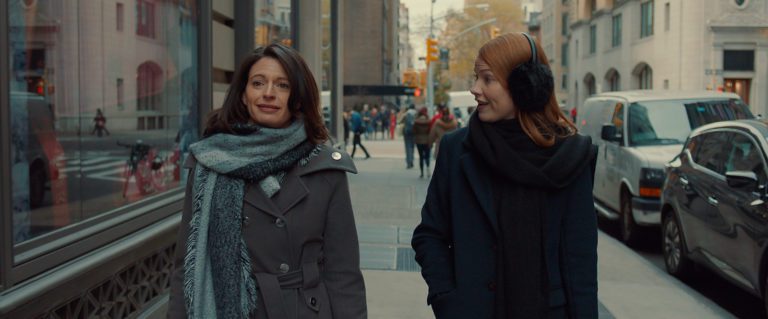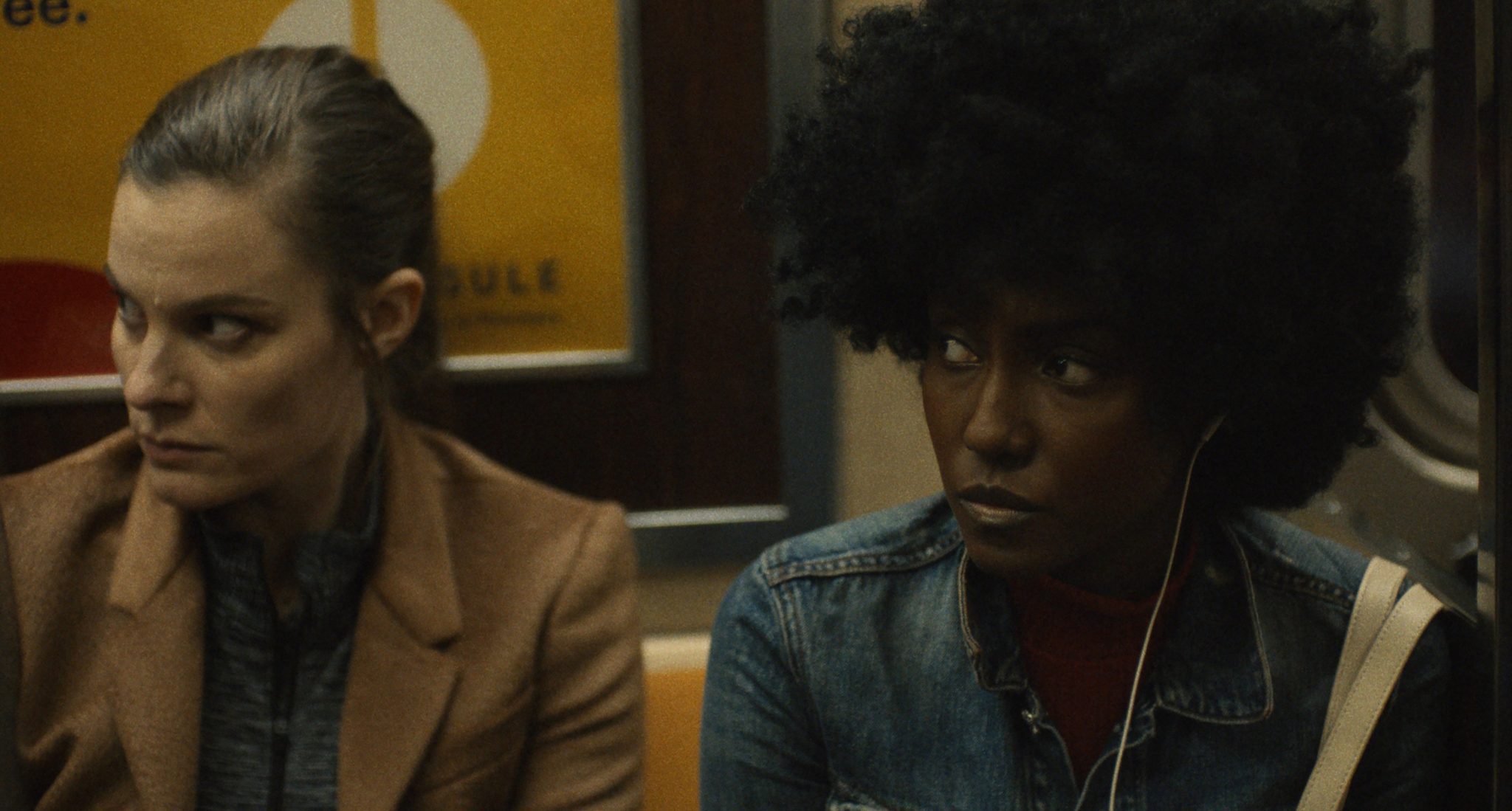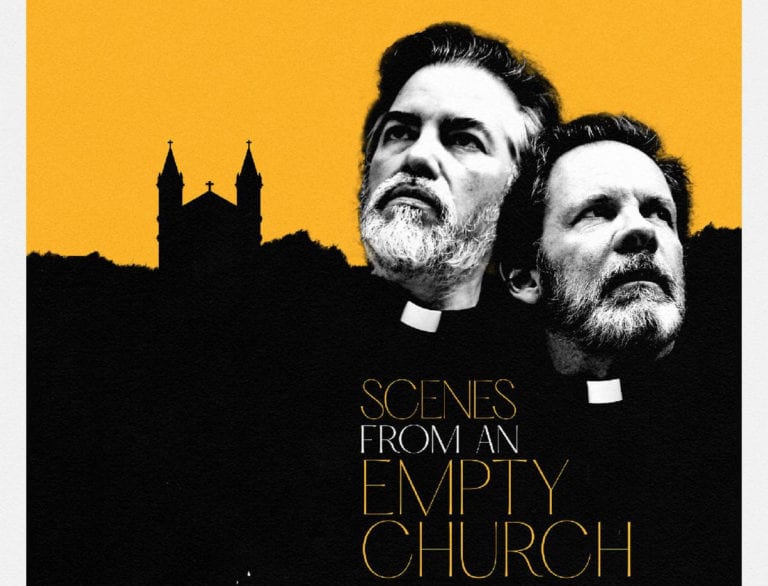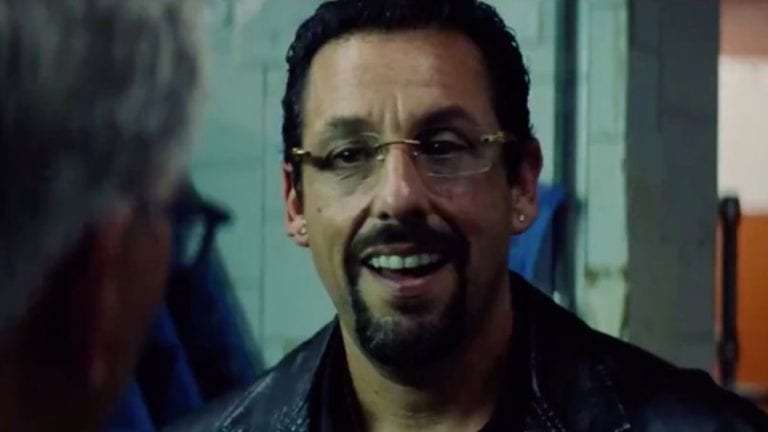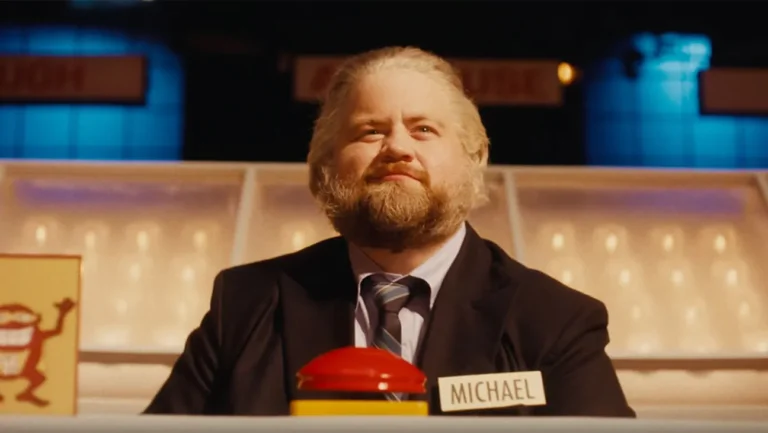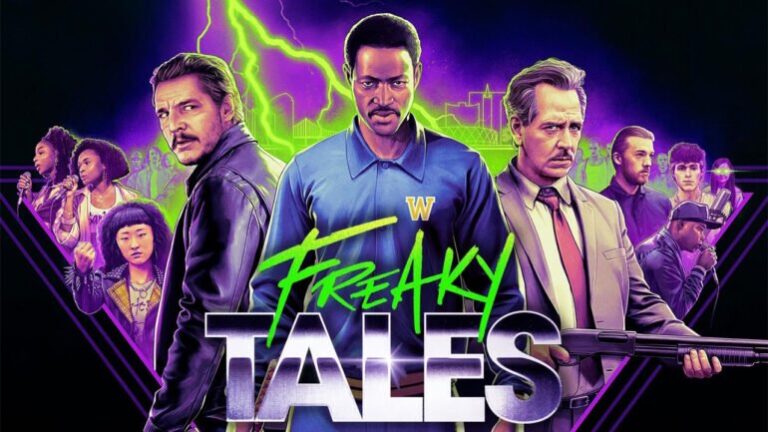I want to make some noise about A Quiet Place: Day One. When the first A Quiet Place broke...
New York City
“What do two crooks know about raising a family?” A Thousand and One, written and directed by...
When I heard that a new West Side Story was due to premiere, I was sceptical. Did I really...
?Sometimes, I wish God would just reach down and give the world a big old shake, you...
David Gutnik?s premier feature film, Materna, consists for four independent stories built around women whose paths will...
1969. It is the year humankind set foot on the moon. The US is heavily involved in...
Coming off of its recent world premiere at Chattanooga Film Festival, MPI’s Scenes From an Empty Church...
The Times of Bill Cunningham is a documentary about the fashion photographer who was known for riding...
The comedic powerhouse that is Adam Sandler has yet again flexed his dramatic skills in the new...
?There are 21 bridges in and out of Manhattan. Shut?em down. Three rivers. Close them. Four tunnels....



